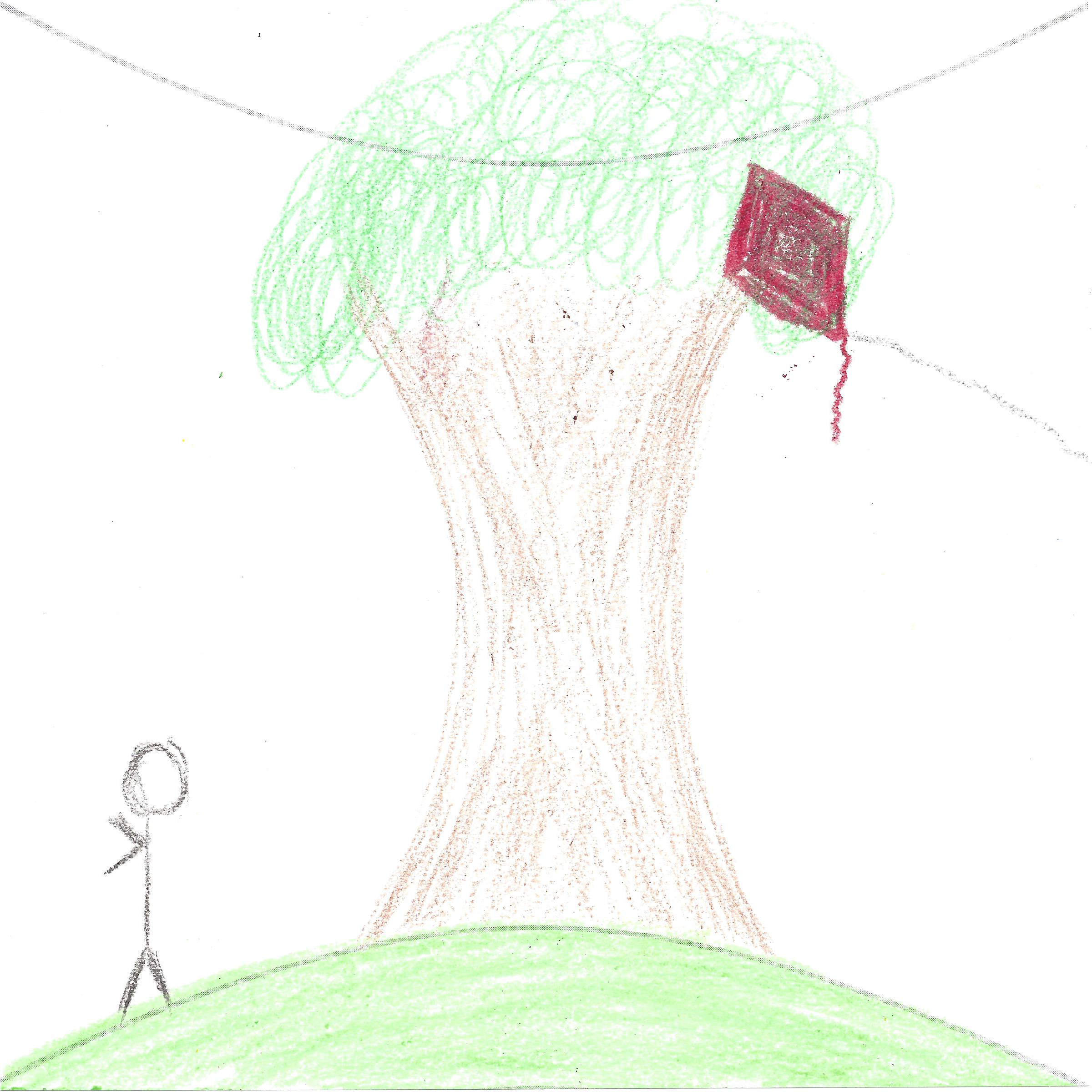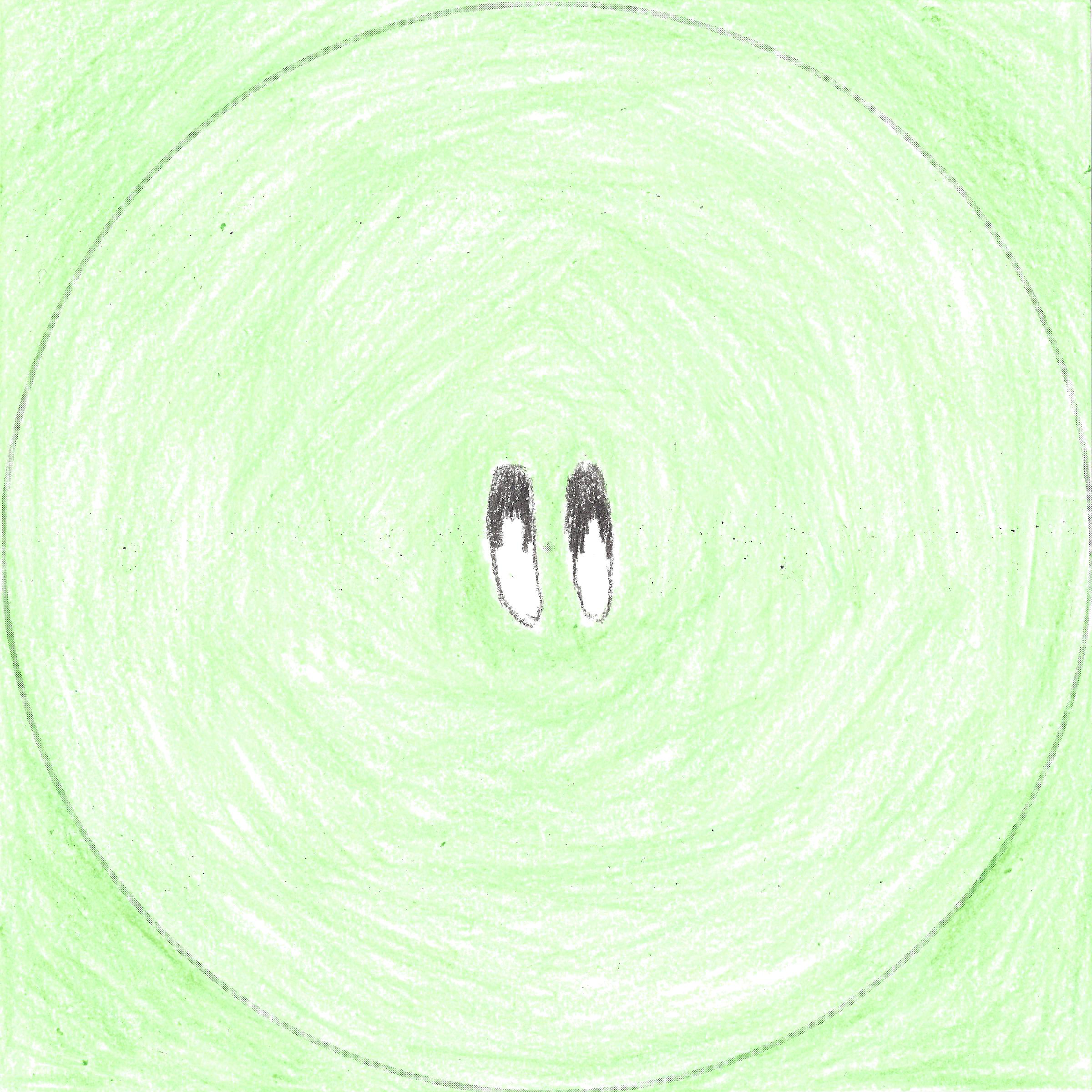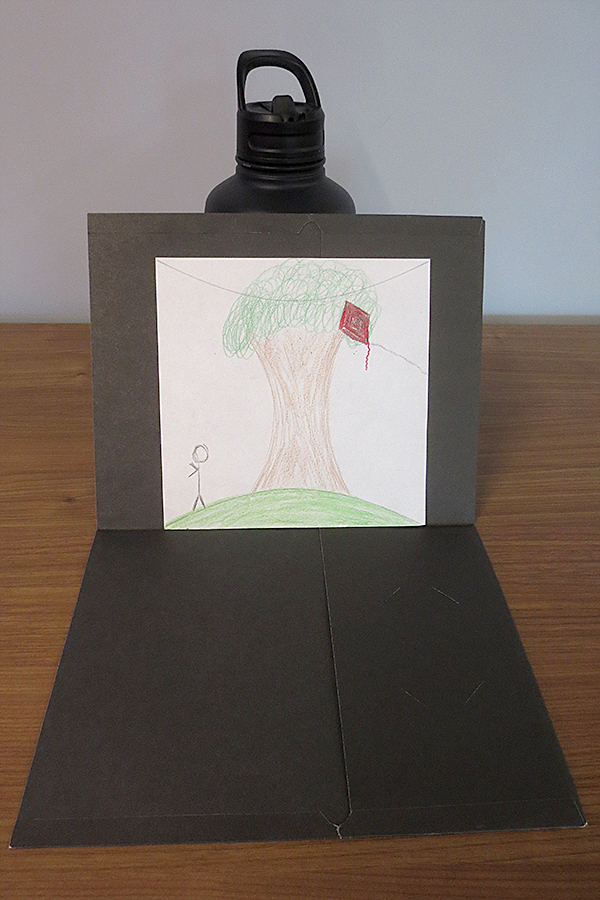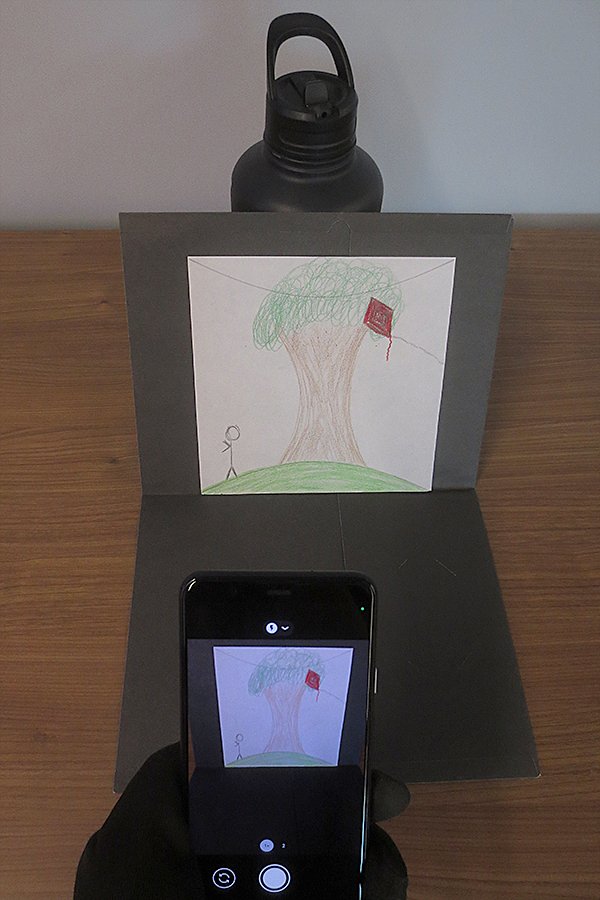Project Lead
Evan Golub
(Computer Science, HCIL)
Student Collaborators
Brandon Lee (Computer Science) [2025]
The
Annotated Reality Design for Novices project's
CubeDraw
explores a way for non-technical co-designers to express their ideas
for a 360° world through paper-prototyping brainstorming approaches,
and potentially work with a design partner with basic programming experience,
to rapidly bring it to life.
Below is an example of how a team could utilize
360° storytelling or brainstorming
in support of prototyping a VR/AR experience.
To begin, they might express an immersive scene by
utilizing six squares of paper to draw a "full" 360°
scene as if on the inside of a cube or sphere
(the following example shows guide
lines on the paper for
the "true/straight" lines
of where the "ground" would be in the sphere, as well as
where "looking up in the sky" would begin.

| |||

| 
| 
| 
|

|
First, you will need to draw the "cubed" scene.
You should download this PDF packet
which has the
sheets and some basic directions on preparing to draw your
immersive scene on them.
For more information about this project, please contact
Evan Golub
Once having created the scene as a drawing on paper, and written a story
or explanation about it, the next
step is to digitize the paper drawings, convert them into a format
ready for VR (an equirectangular image), and view them on your device.
The full CubeDraw page describes a way to
do this carefully and with a high level of precision.
However, with low-fidelity techniques this might not be necessary.
It might be preferable to be able to load the immersive scene into a
viewer quickly, even if with slight imperfections. That is what the
browser-based Capture360 app
accomplishes.
Capture360
supports the ability to do on-the-fly "scanning" of the six squares
and the generation of the equirectangular image, all on a mobile device
which can be used as a "magic window" into the scene, or if done using
a smartphone with gyroscope and compass can be used with a "cardboard"
headset device and the phone.
With this app, the six squares of the drawing can be "scanned in" one
at a time by setting up a dark-colored two-pocket folder as an easel

and photographing each of them in turn with the app
 which loads them into a staging area
which loads them into a staging area

from which you can then generate and view the 360° "experience" right
on the device, as you are being told the story/idea/etc.
Note that this app is meant to be more lightweight, and require no programming
skills, so it does not support the addition of the "info" buttons.